Pam Knox
-
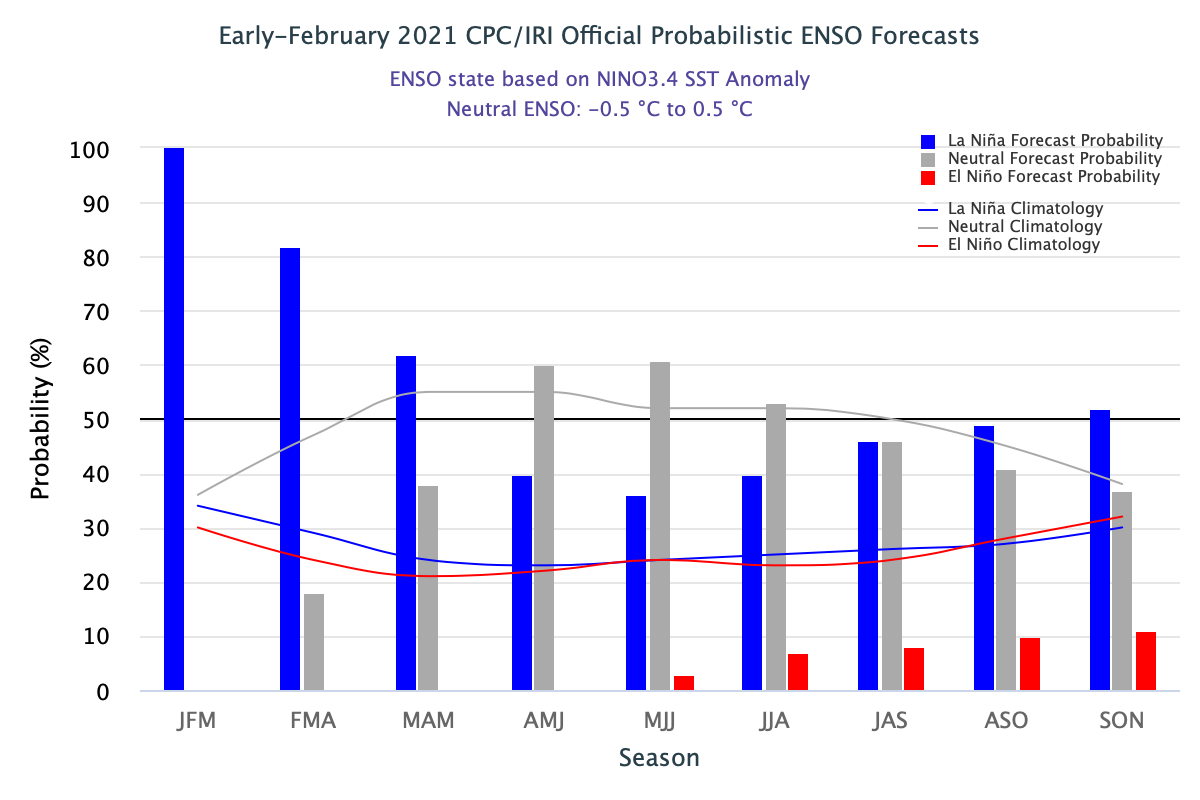
You might remember that the forecast for ENSO for this year was for La Nina to go away during the summer but potentially return in the fall. This is called double-dipping, since we have two years in a row with a La Nina. It happens from time to time with La Nina but almost never…
-

This week’s Drought Monitor, released this morning, shows that the area of moderate (D1) drought expanded significantly in North Carolina in the hot and dry conditions seen in the past couple of weeks. Drought also expanded in Florida, South Carolina, and Virginia. Small areas of abnormally dry (D0) conditions were also reintroduced to Alabama and…
Posted in: Drought -
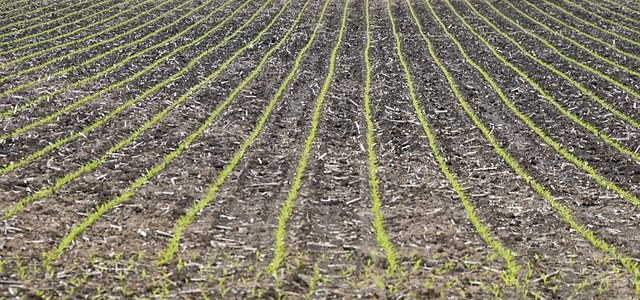
While most of the corn in the Southeast is a lot farther along than the Indiana corn in this Indiana Prairie Farmer story, I think corn farmers here will also be interested. The story discusses some research done on the impacts of row spacing, convention versus no-till, and cool weather conditions. It showed that cool…
-

We talk about a lot of different things on this blog, but this EarthSky article is one of the stranger ones. It discusses the types of weather that we have seen or expect to see on other nearby planets or moons. From photos taken on Mars, we know that it has dust devils, and lightning…
Posted in: Climate and Ag in the news -
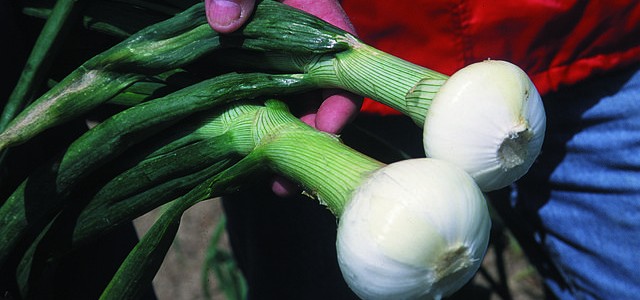
Even though recent dry conditions have impacted forage farmers and crop farmers worried about germination, one crop that it has helped is Georgia’ annual Vidalia onion crop. The dry conditions were nearly perfect for the onion production, being fairly cool and dry. The harvest is finishing up now, and we hope that more rain will…
-
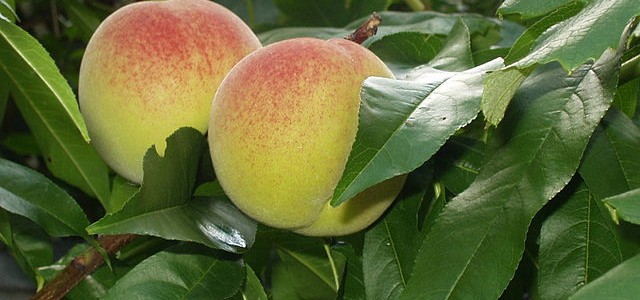
Impacts from our two April freezes are continuing to come in. Peach producers have been surprised to see some of the biggest impacts have been on late-blooming peaches, rather than the early varieties which were farther along. Losses could amount to 30 to 40% of a full crop. But it is still better than the…
-
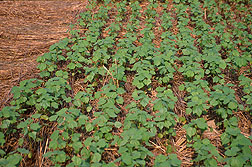
Now that we are experiencing a couple of weeks of dry weather, farmers are taking advantage of the opportunity to catch up on their planting. In areas that have been fairly wet this spring, the ground is finally dry enough to get into the fields, according to a story at Southeast AgNet. Other areas that…